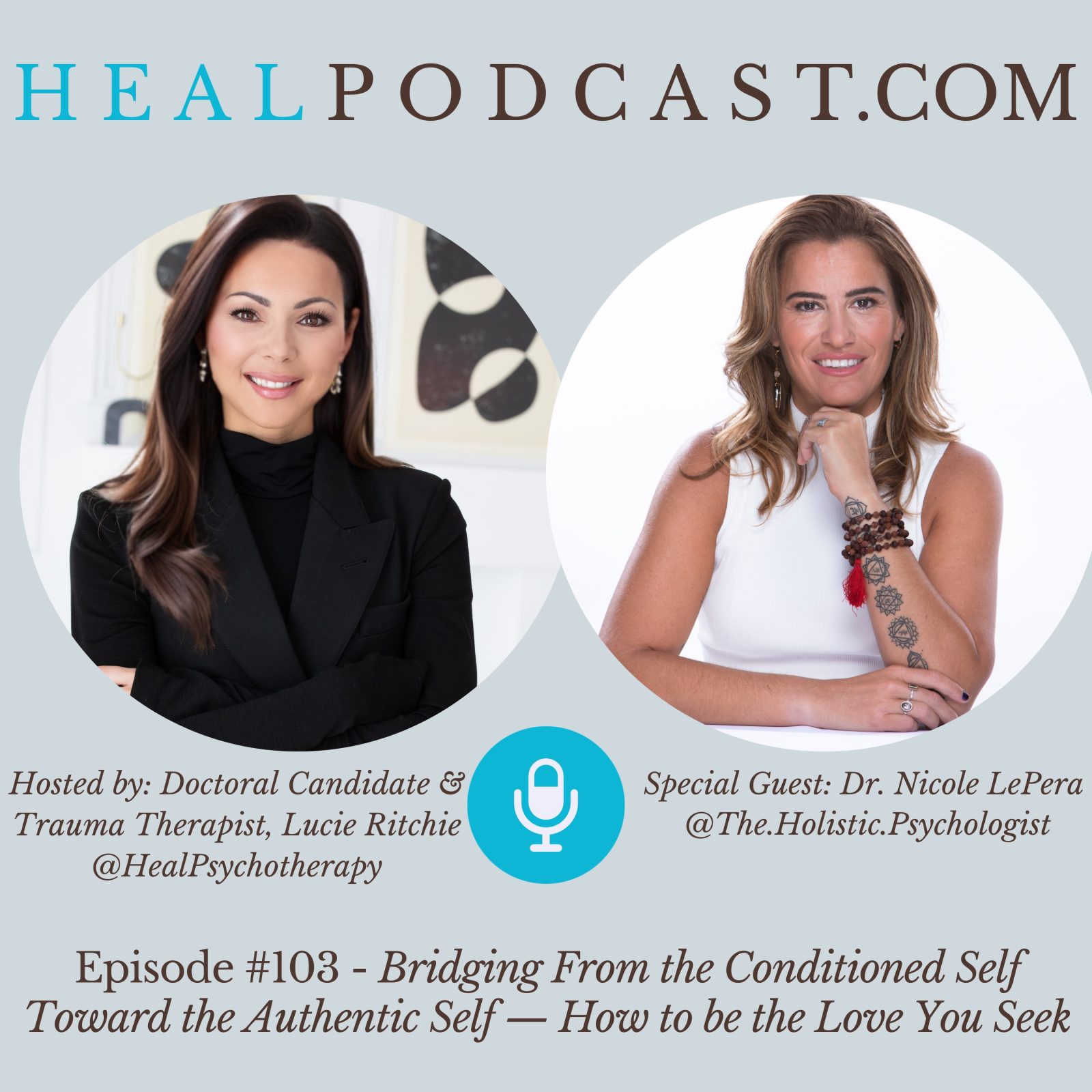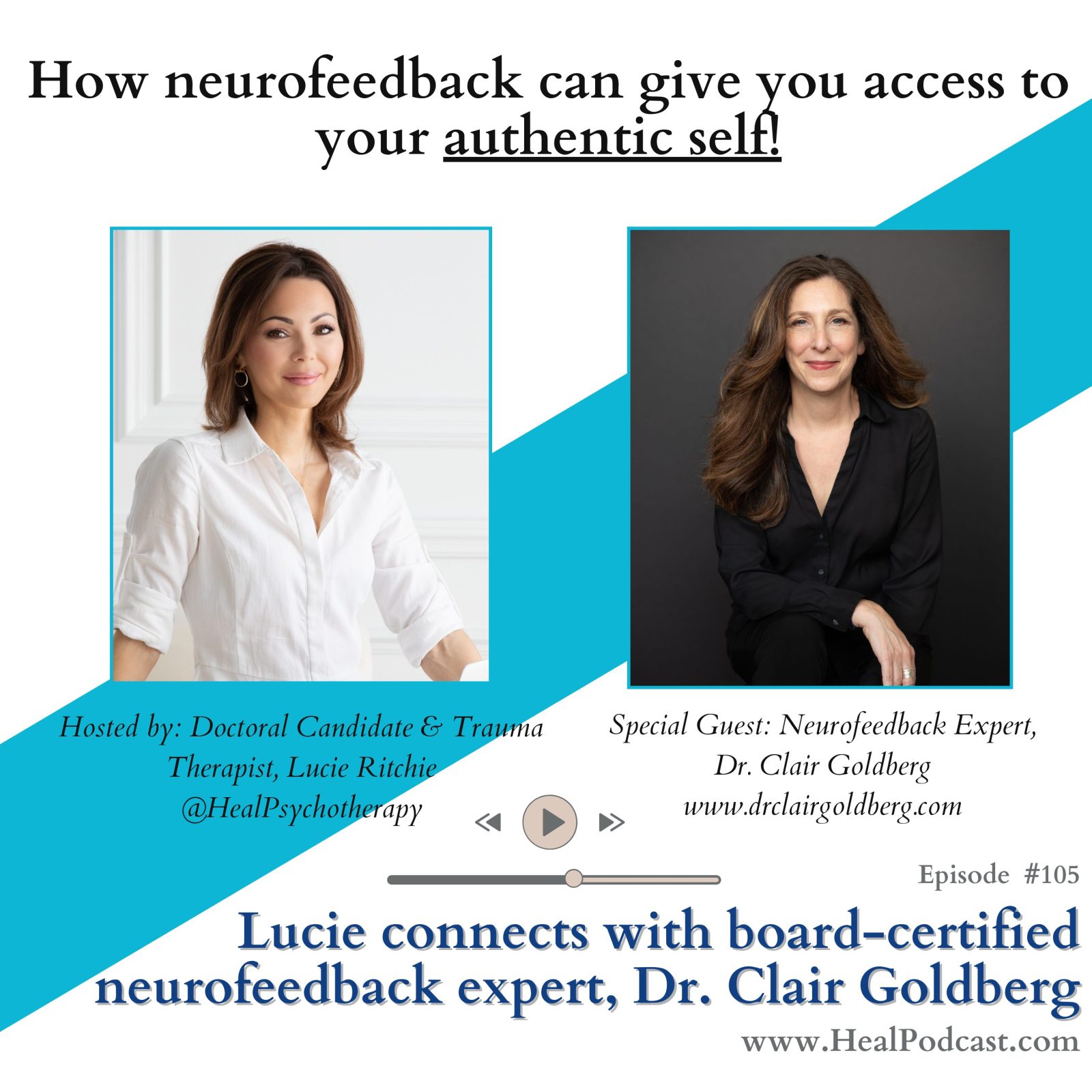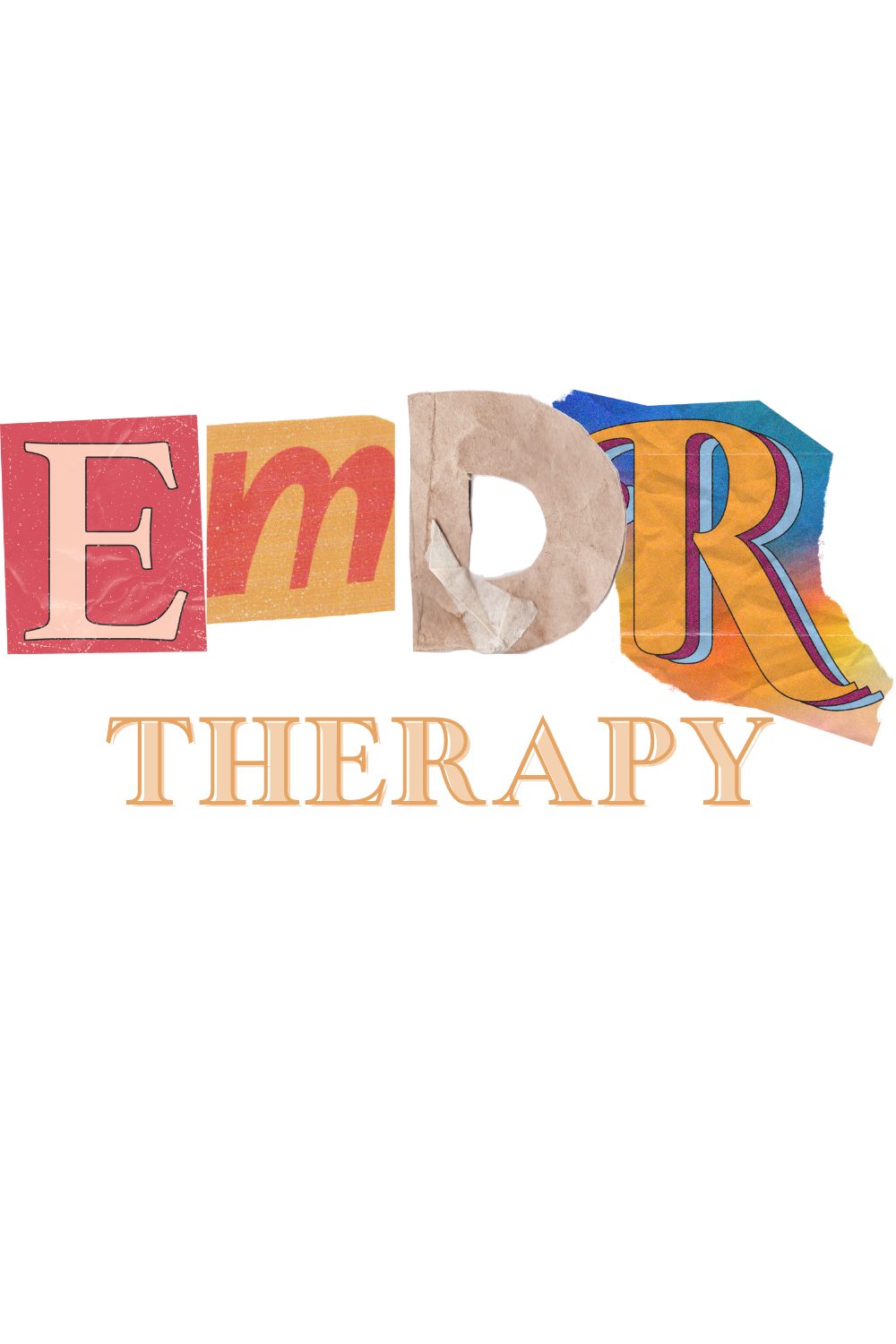Are you a mental health professional curious about adding neurofeedback to your therapeutic toolkit? If so, you’ve probably come across the term “Infralow Frequency (ILF) Neurofeedback.” While ILF might sound ultra-technical, it’s a remarkably safe yet powerful way to help clients regulate their nervous systems—and it can integrate seamlessly with your existing clinical practices.
Below, we’ll explore what ILF neurofeedback is, how it works, and why it’s worth offering to your clients—especially those struggling with trauma, anxiety, depression, or other complex presentations.
What Is Infralow Frequency (ILF) Neurofeedback?
Neurofeedback, in the broadest sense, is a form of biofeedback that focuses on the brain’s electrical activity. By placing sensors on the scalp, we can measure the client’s brainwaves and then provide real-time feedback—often through visual and auditory cues—so the brain can learn to regulate itself more efficiently.
ILF refers to frequencies far below what most standard neurofeedback protocols target, often below 0.1 Hz (that’s less than one cycle per second! I explain what this means in greater detail in my course). These are incredibly slow, subtle oscillations in the brain’s electrical activity. Although they’re “quiet,” they’re believed to be deeply tied to how the brain organizes itself at a foundational level—impacting everything from emotion regulation, concentration, memory, sense of self, and physical tension, to name a few.
How Does ILF Neurofeedback Work?
Measuring the Brain’s Slowest Rhythms
During ILF neurofeedback, sensors placed on the scalp record minuscule shifts in these ultra-low frequencies. Special software translates these shifts into real-time feedback, typically experienced by the client as changes in images or sounds.Providing Instant Feedback
The moment the brain’s activity moves in a beneficial direction, the client hears a tone, sees a visual cue, or receives some other real-time “reward.” It’s a little like a mirror for the brain. The brain quickly recognizes what’s healthier or more stable and moves toward that state automatically—no conscious effort required.Encouraging Self-Regulation
Over multiple sessions, the client’s brain learns to sustain more regulated states on its own. ILF training often fosters profound shifts in arousal regulation, emotional stability, and overall resilience. It’s particularly beneficial for deeply ingrained patterns of dysregulation that can stem from trauma, chronic stress, or developmental issues.
Why Offer ILF Neurofeedback in Your Practice?
Deep Physiological Regulation
ILF neurofeedback targets the deepest layers of brain organization. It can help recalibrate the “default” state of the nervous system—vital for clients who feel chronically on edge, anxious, or disconnected from who they are. This is especially powerful for trauma survivors who may be stuck in hyperarousal or hypoarousal cycles.Gentle and Non-Invasive
Because ILF neurofeedback works “below the surface,” changes tend to unfold gradually. Clients often describe sessions as soothing or surprisingly gentle. This is great news for individuals who feel overwhelmed by high-intensity approaches or re-experiencing traumatic memories in traditional talk therapy.Versatile and Complementary
ILF protocols can be seamlessly integrated with talk therapy, somatic approaches, or any modality you already practice. For instance, a client might do 15-20 minutes of ILF training before diving into cognitive or somatic work—helping them feel calmer and more receptive.Helps with Complex Presentations
Many clinicians find ILF neurofeedback invaluable for clients with multiple issues—like PTSD, ADD, anxiety, depression, migraine, and insomnia. By stabilizing the foundation of brain function, ILF can clear the path for other treatments to work more effectively.Supports Lasting Change
ILF training encourages the brain to adopt new patterns of electrical activity. Once the brain learns healthier self-regulation, it tends to hold onto those gains. In other words, it’s not just symptom management; it’s a reorganization at the root level. This is neuroplasticity in real time!
A Closer Look: Trauma and ILF
Trauma can leave the nervous system in a constant state of alarm—or conversely, in a shut-down, numb state. Traditional therapies are incredibly valuable, but some individuals find it challenging to talk about or process traumatic events directly.
ILF neurofeedback can offer a path of healing that bypasses the immediate need for verbal exploration. It speaks to the brain’s regulatory circuits directly, calming hypervigilance and reinvigorating areas associated with emotional regulation. This can create a safer internal environment, allowing clients to explore trauma-related themes in a more grounded way.
How to Get Started
Training & Certification
Lucie Ritchie, RP is teaching the “5-day Introduction to Infralow Frequency Neurofeedback” course across Canada (Vancouver, Toronto, Montréal, and St-John’s). This specialized courses will equip you with theoretical knowledge and hands-on experience, giving you the confidence to start neurofeedback in your clinic right away.Equipment & Software
During the 5-day course, you will have access to everything you need: an EEG amplifier, sensors, and ILF-compatible software.Clinical Integration
Start by offering ILF neurofeedback sessions to a small subset of clients who are open to trying new interventions. Track their progress, gather feedback, and refine your approach. You can also join our monthly mentoring sessions for guidance along the way. You’ll be amazed at how quickly word spreads about the positive outcomes.Ongoing Support
Join our professional online community where neurofeedback practitioners share case studies, exchange tips, and troubleshoot common issues. ILF is an evolving field, and staying engaged with other professionals is key to ongoing development.
Infralow Frequency Neurofeedback is a transformative approach that delves into the deepest layers of brain function. It’s gentle, non-invasive, and widely applicable—from trauma recovery to stress reduction, from complex mental health presentations to performance enhancement.
As you explore ILF and bring it into your practice, be prepared for rewarding moments: watching a client’s face as they realize they can feel calm—maybe for the first time in years—and discovering how much more readily they can engage in therapy once their nervous system has a stable “home base.” This is the power and promise of ILF neurofeedback.
If you’re driven to help clients find relief from chronic dysregulation, consider making ILF neurofeedback part of your therapeutic offerings. The brain is immensely capable of healing; sometimes, it just needs the right kind of feedback to find its way home to resilience and optimal performance.







